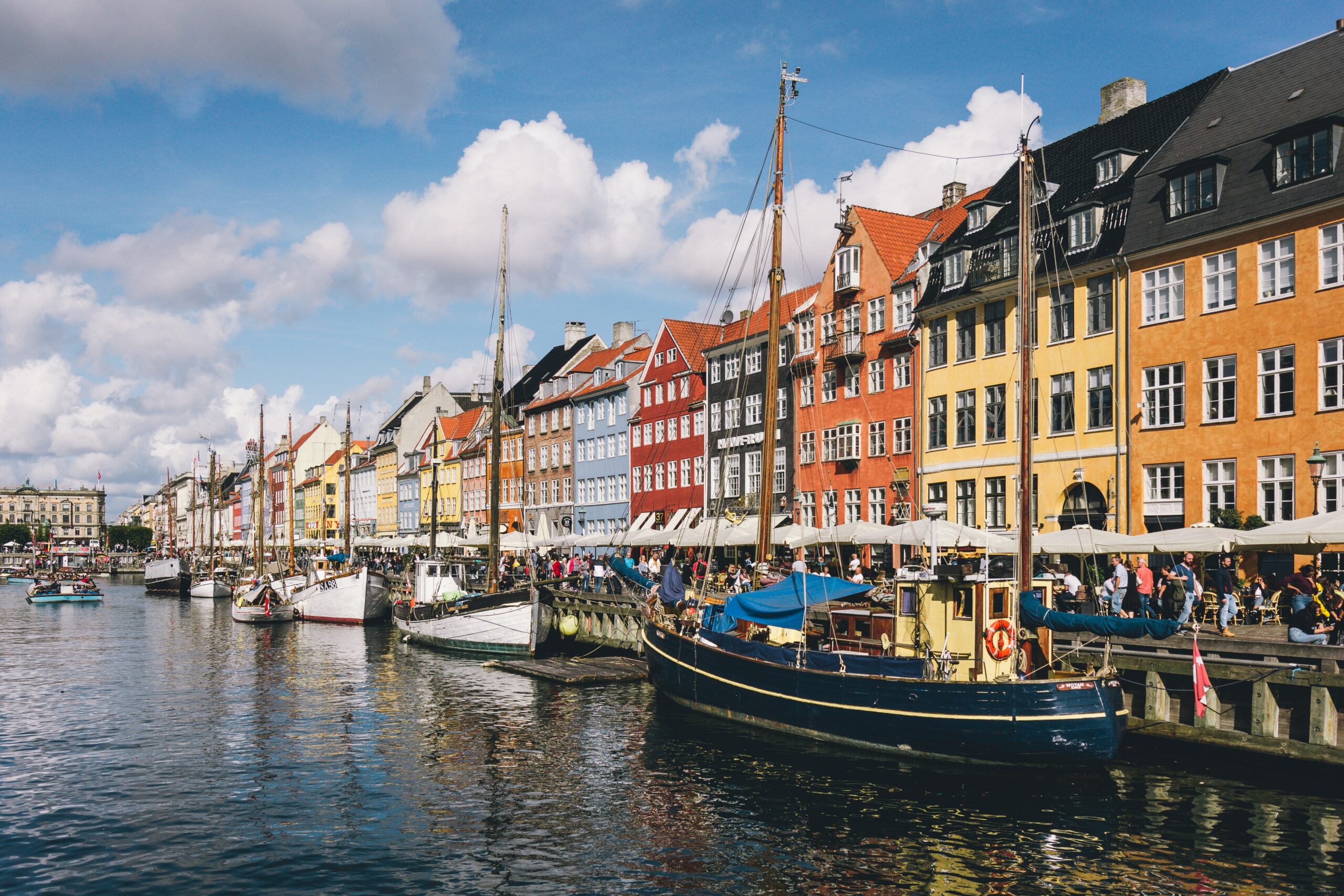The Nordic Countries

North Europe: interesting Consumer Healthcare and Rx market
Denmark, Finland, Iceland, Norway, and Sweden all have Consumer Healthcare, and Rx markets offer many possibilities to consider, may you want to expand your business in Northern Europe.
The Nordic countries—Denmark, Finland, Iceland, Norway, and Sweden—share much common history and culture. Political systems, the Nordic model of maximizing labor force participation, the promotion of gender equality, wealth redistribution, and the liberal use of expansionary fiscal policy are all characteristics of this region. These countries have a combined population of approximately 27 million inhabitants spread over a land area of 3.5 million km².
The Scandinavian countries provide their populations with universal access to healthcare. In Norway, the responsibility for healthcare is divided between the state and municipalities; in Denmark and Sweden, it is decentralized to the regional and county levels, respectively. Nordic cooperation on social and health issues is based on the joint values that underpin the Nordic welfare model. In 2018, the combined Nordic pharmaceutical market was valued at USD 14,3 Billion. Sweden is the largest pharma market in the region, boasting a market value of USD 5 billion ex-factory.
The Nordic region creates around 45,000 direct jobs in the OTC and pharma industry. Denmark is by far the Nordic’s leading nation in terms of consumer health and pharma industry employment, its total of 24,875 workers is more than that of all the other countries in the region put together.
All countries together spend around 10% of their Gross Domestic Product on healthcare. Sweden and Denmark are the region’s largest exporters and importers of OTC and Rx products from the Scandinavian countries. Sweden’s exports were worth €7,987 Million Euros and Denmark’s €13,489 Million Euros in 2018, having both positive figures on their trade balances.
The OTC and pharma industry Research & Development spending in the Nordics was around €3 Billion Euros in 2018. The Danish industry is the region’s biggest R&D spender and it is also number 2 in Europe regarding clinical trials funded by the industry.
The OTC and pharma production value for the region in 2018 was around €25 Billion Euros and Denmark also took the lead as the region’s largest producer, with €14.391 Billion Euros.
Denmark has the largest share of generic medicines as part of a total market value of 32.6%, followed by Finland with 23%, then Norway with 20.4%, and Finland with 19.1%.
The Nordic region has some of the most dynamic OTC and pharma markets in Europe. The retail landscape has changed dramatically as the strong pharmacy monopoly model crumbles: Norway deregulated in 2001, Sweden in 2009, and there are calls for Denmark to follow suit.
Mass-market outlets are growing in importance. In Denmark, controversial new guidelines in the years since 2010 have made it easier for OTC products to move to general sale. Norway has expanded the number of mass-market OTC products since their introduction in 2003. In 2009, Sweden introduced a GSL, but self-selection is still restricted to pharmacies, indicating room for future progress. Even in Finland—the most conservative of the Nordic markets in OTC retail—Nicotine Replacement Therapy (NRT) has been available outside pharmacies since 2006.
The biggest pharmacy chains are Apoteket AB (65%) in Sweden and Apotek 1 (40%) in Norway. In Finland, pharmacy chains are not permitted yet .
The taxation of drugs varies across the Nordic countries. Some countries indirectly subsidize the consumption of OTC and Rx products by charging a lower value-added tax rate than on other products or services.
Although Denmark, Norway, and Sweden are all independent nations, their healthcare systems and reimbursement practices are similar. Differences lie largely in administration. Noteworthy is that the cost of drug reimbursement has risen rapidly and varies from one country to another, with the highest costs being in Sweden.
While comparatively small in terms of population, these new players on the pharmaceutical scene show great market potential because of historically high levels of healthcare expenditure, well-developed healthcare infrastructure and clinicians’ willingness to prescribe new medications. Furthermore, navigating diverse market access is becoming increasingly important across all nations.
To sum up, advantageous conditions for product innovation in the Nordic market have already been created. Considering all the positive factors—the rapidly developing OTC market, an increase in pharmacies since deregulation and rather high reimbursement rates—we can conclude that there is good reason to enter the Nordic pharmacy market. Simply contact us for more information.
Interested in this market ?
We are ready to support you in Strategy, Marketing, Systematic International Company Partner Identification, Commercial Due Diligence, Business Development, Acquisition Search, Regulatory projects, and more in order to ensure your growth.
